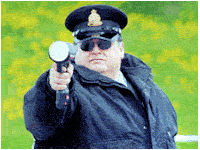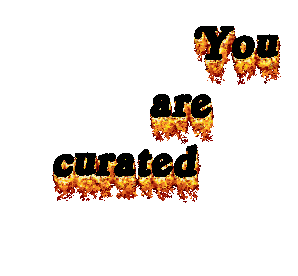
So we were having a discussion of the Chicago school of artists, dating back to the '60s, who incorporate underground comix-style drawing into their art. I tried to make a "Chicago" style drawing from memory, not looking at any one particular work by, say, HC Westermann or The Hairy Who. Above is the second revision, which yells '80s, not '60s. The more I try to make it like Karl Wirsum or Jim Nutt, the more it looks like Gary Panter.


